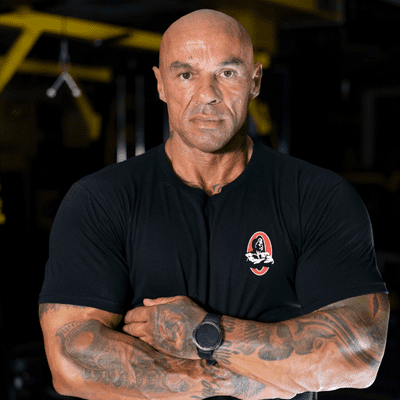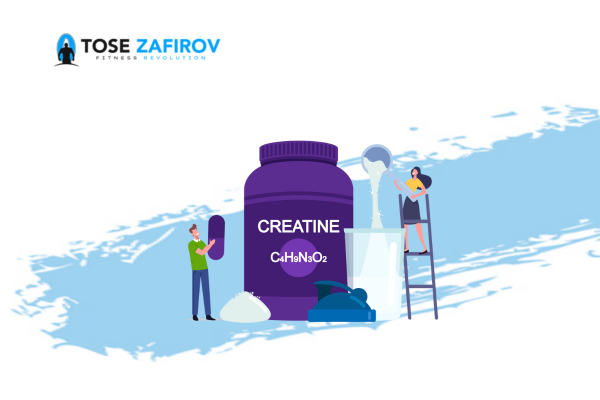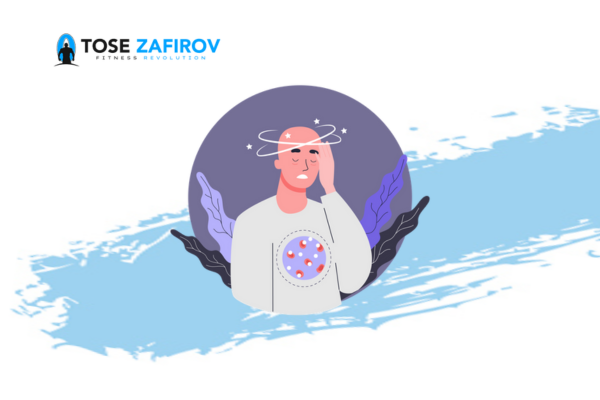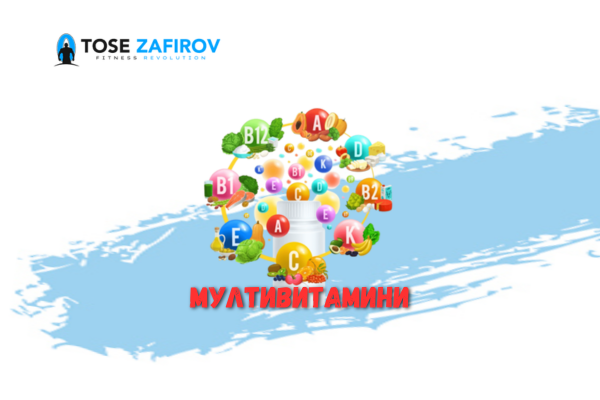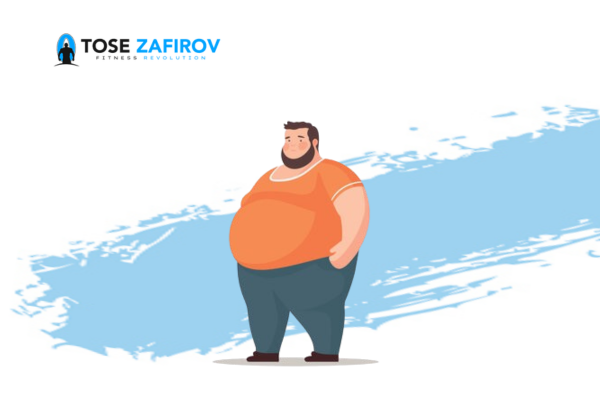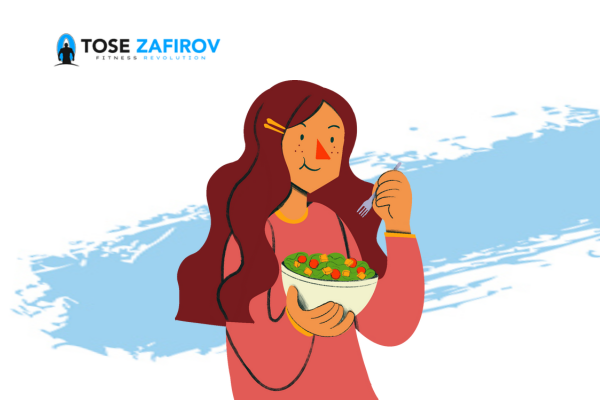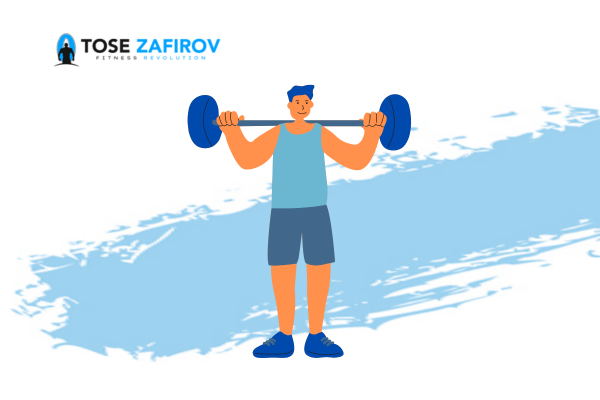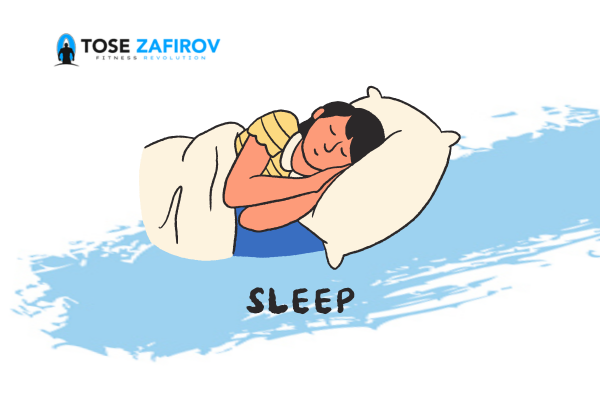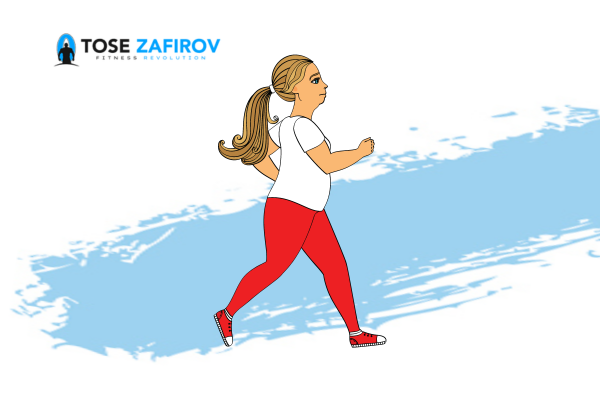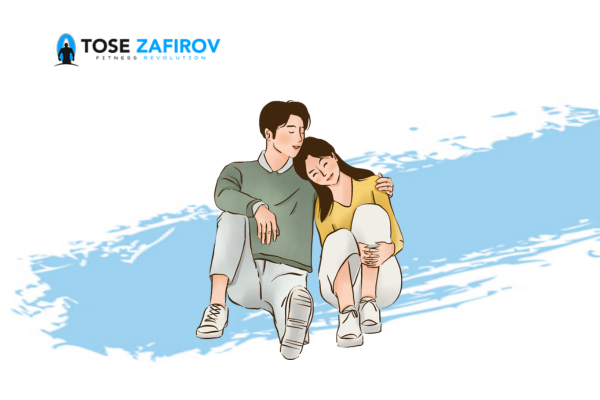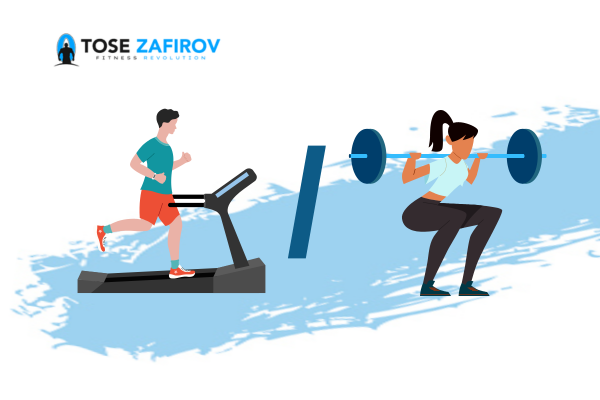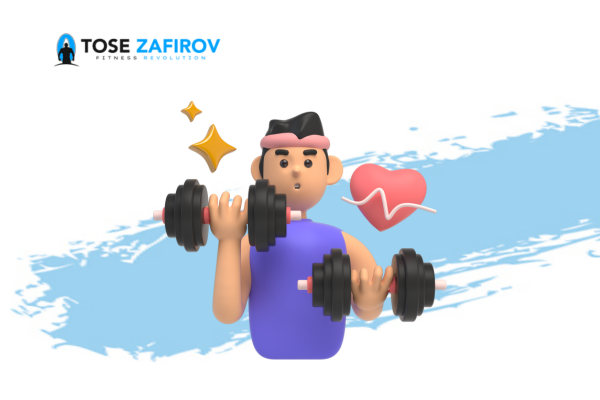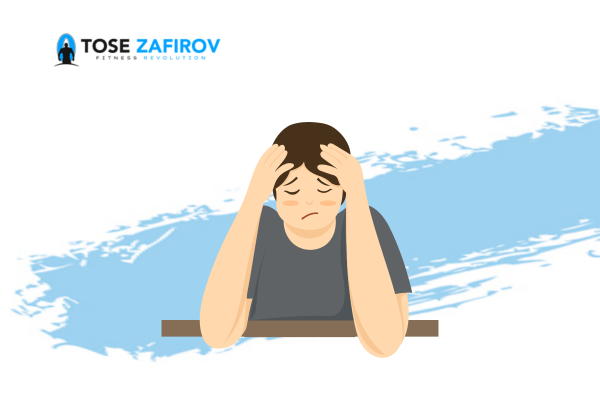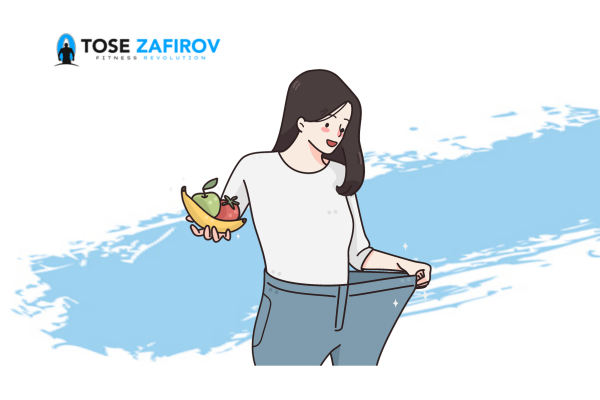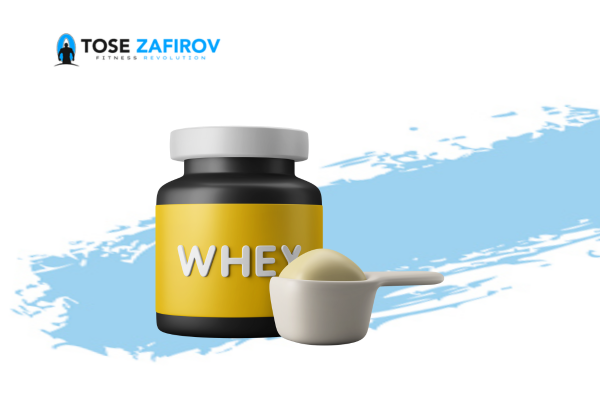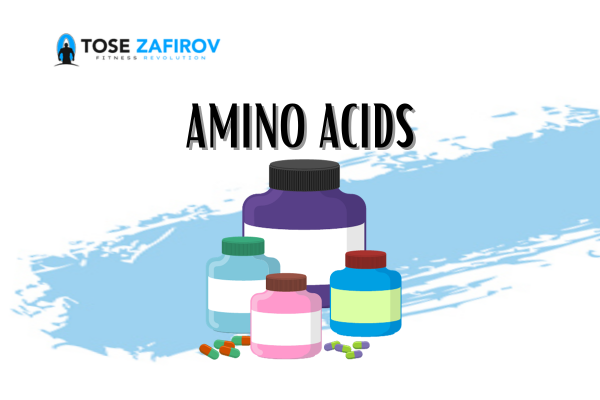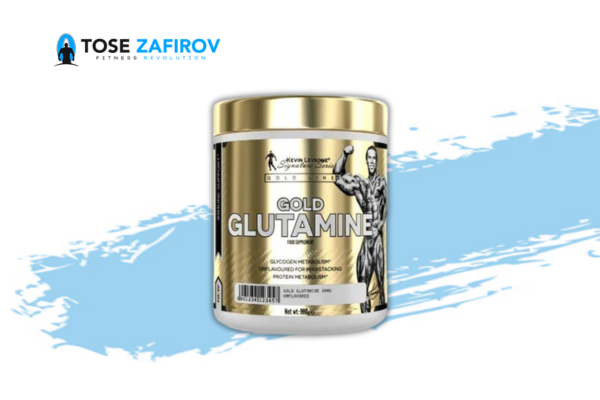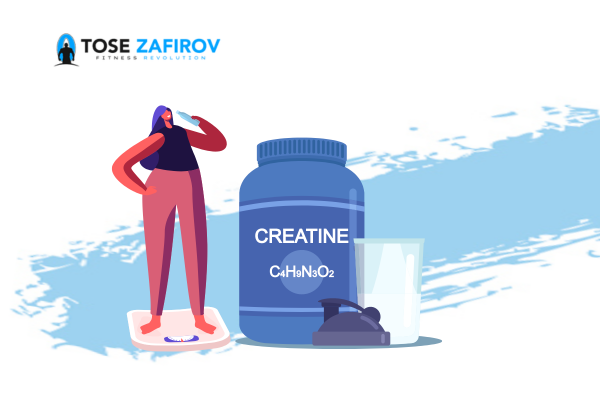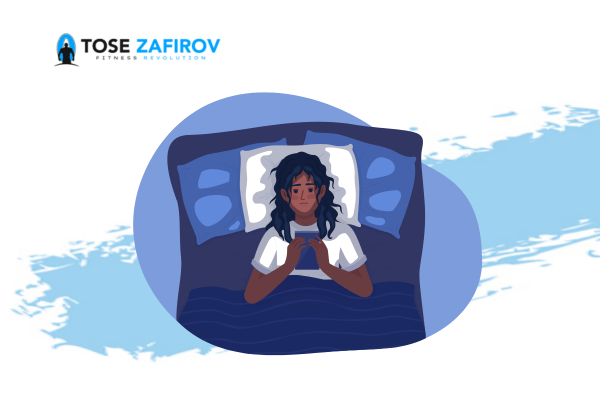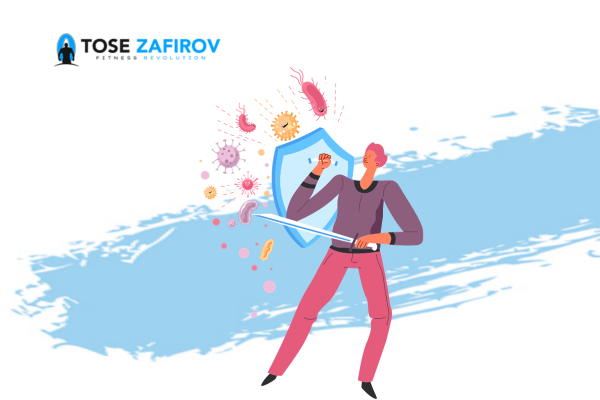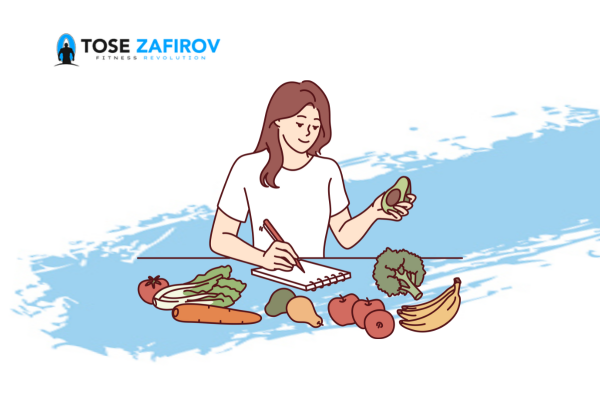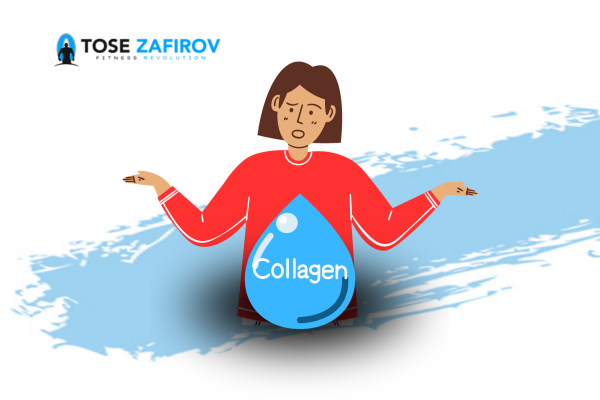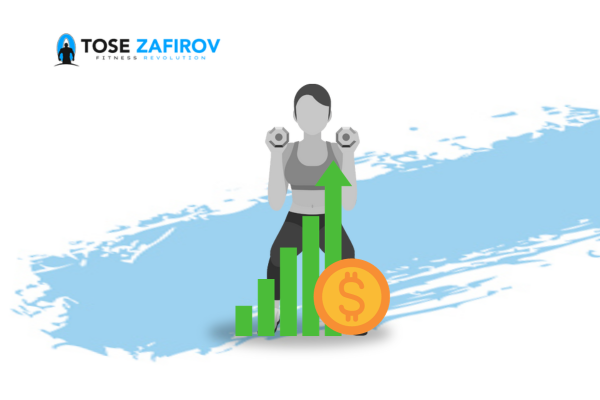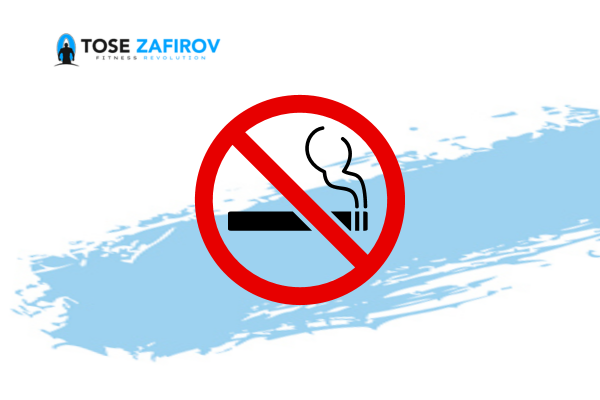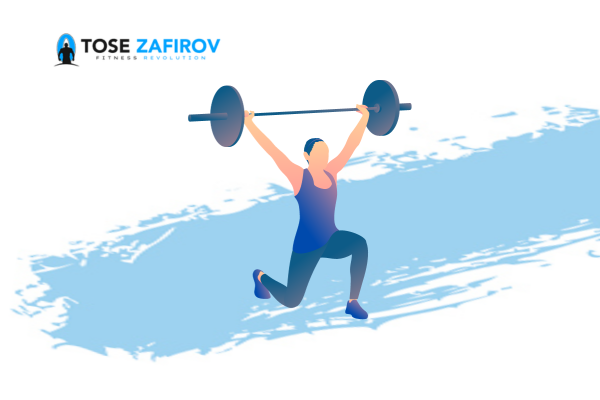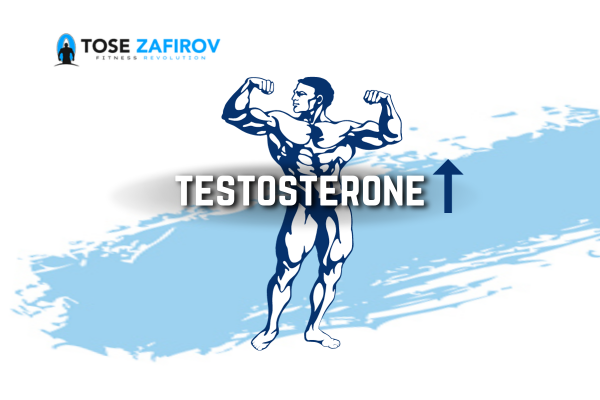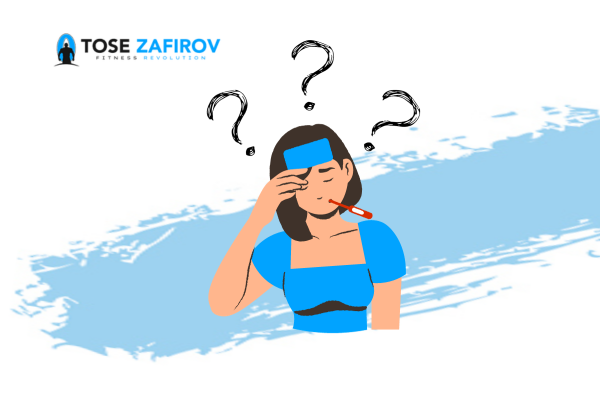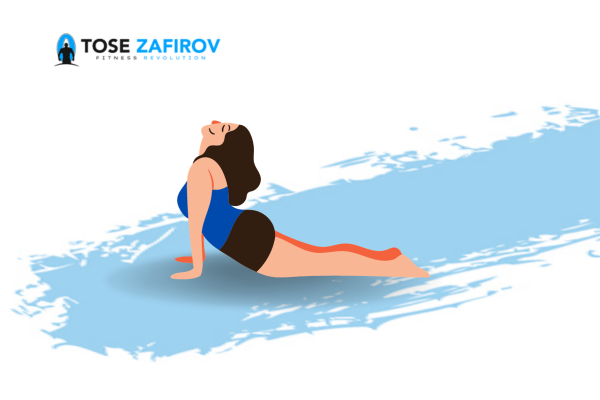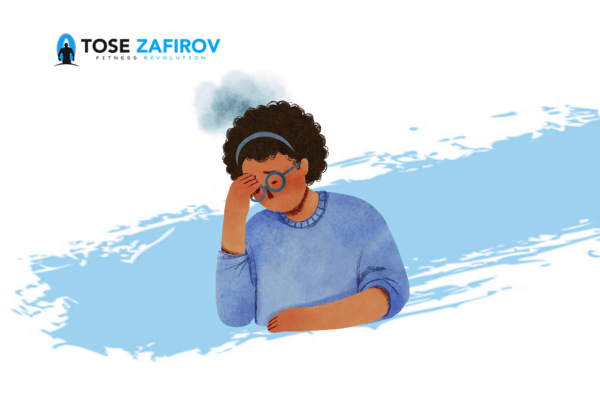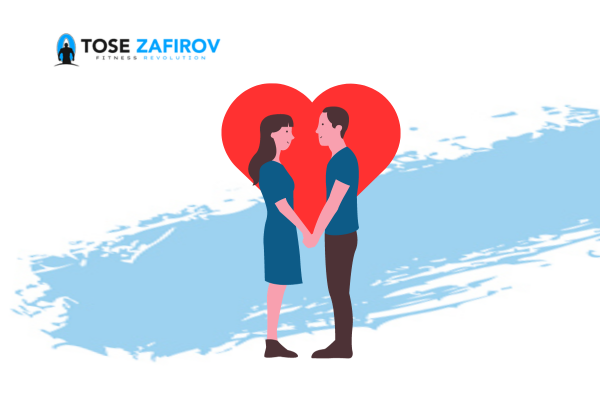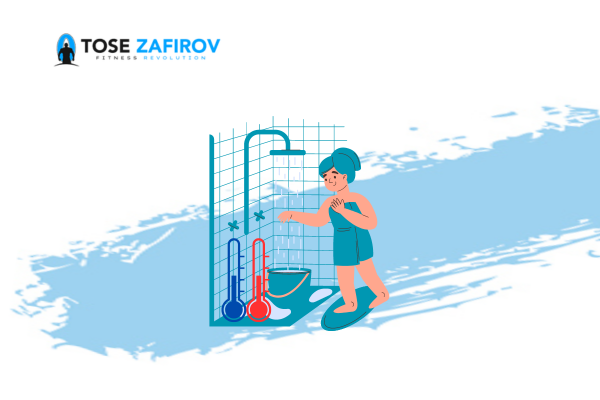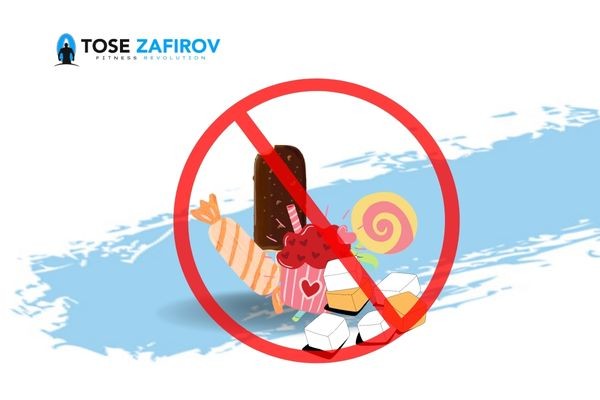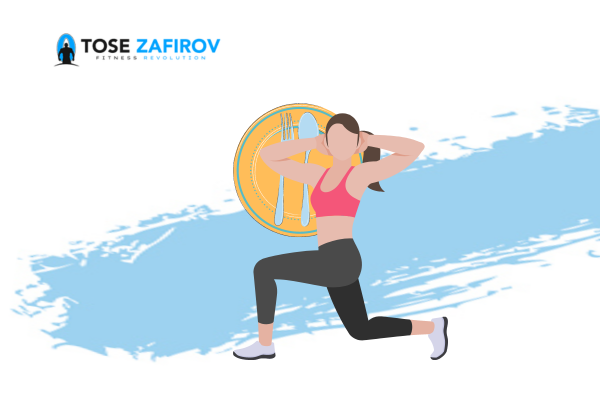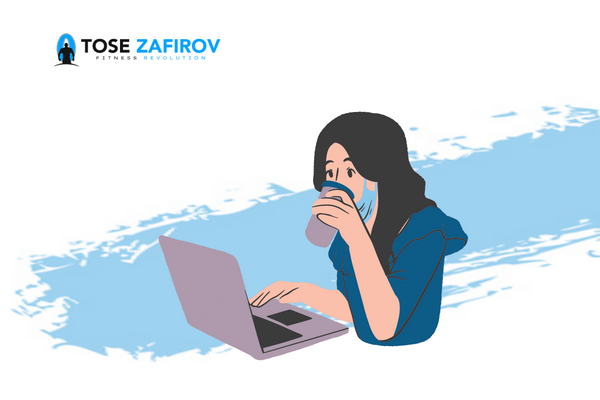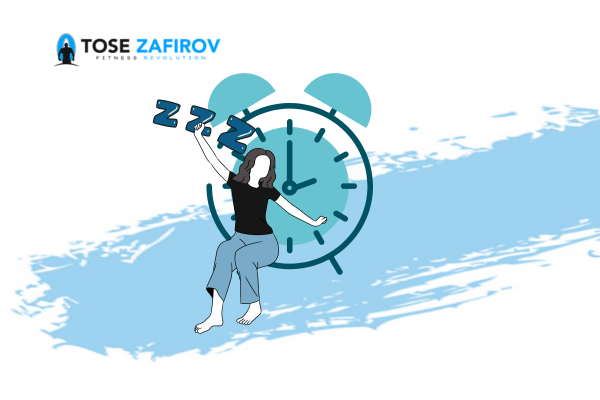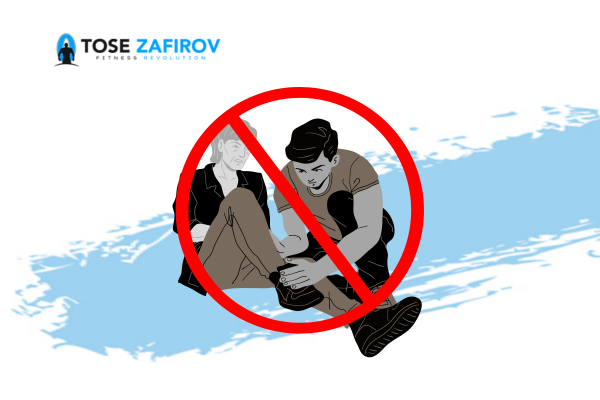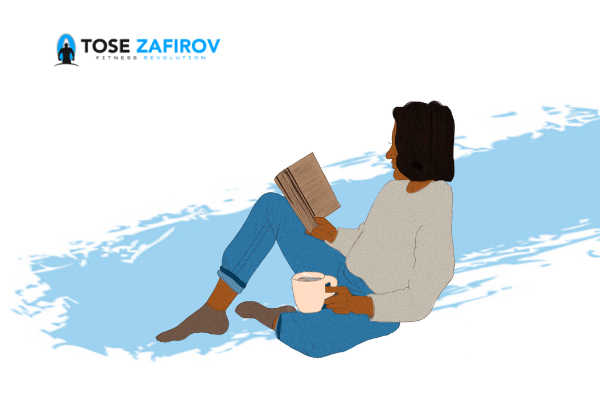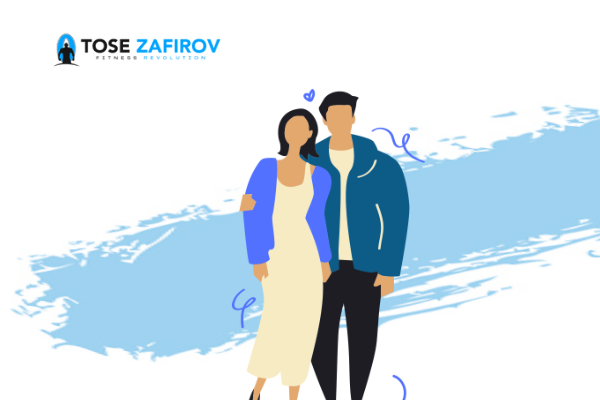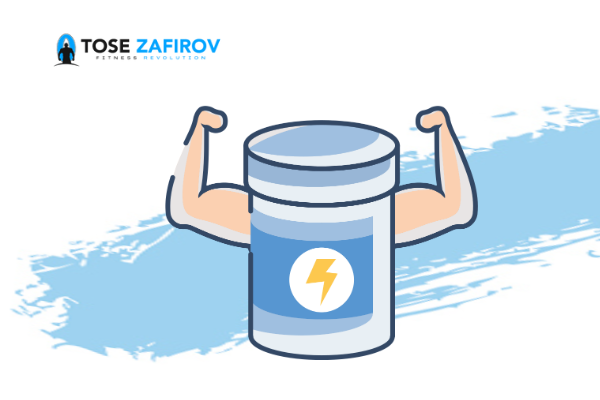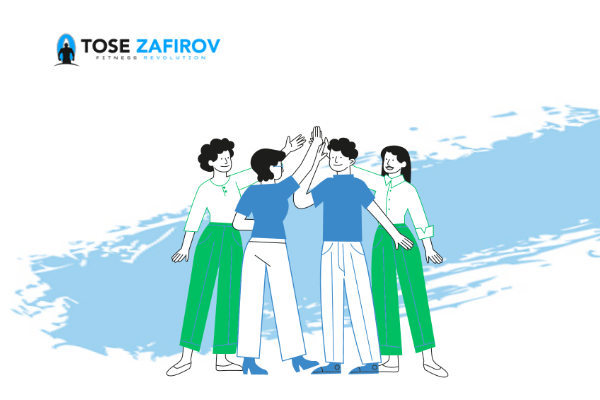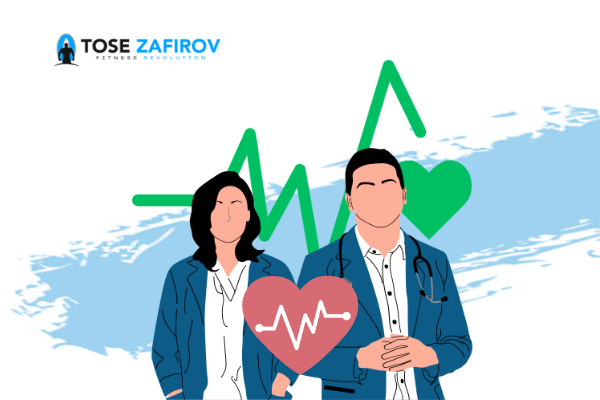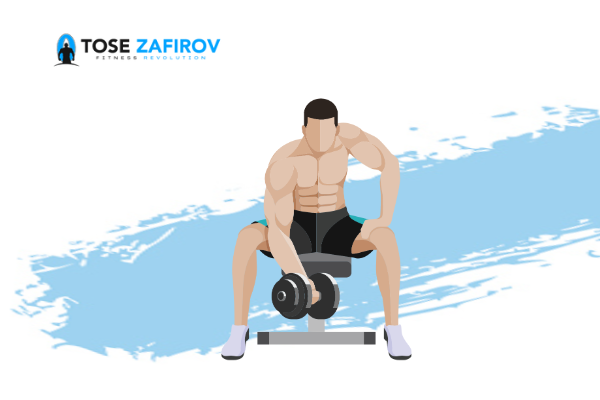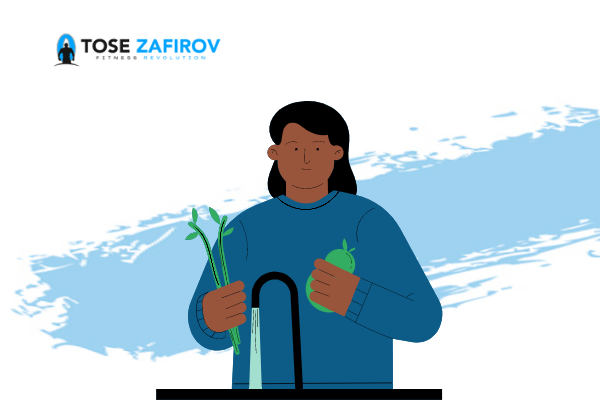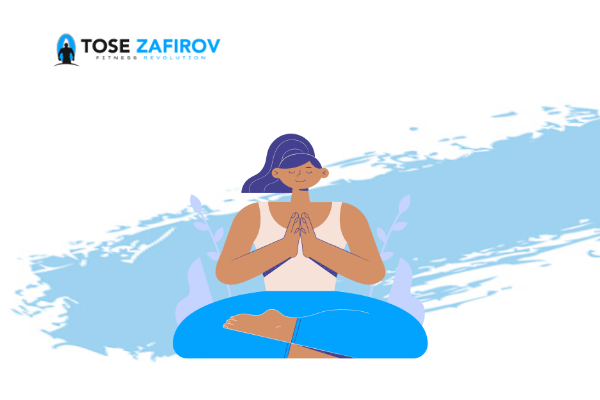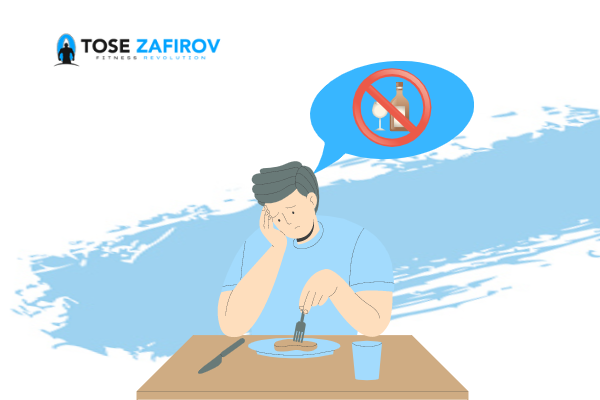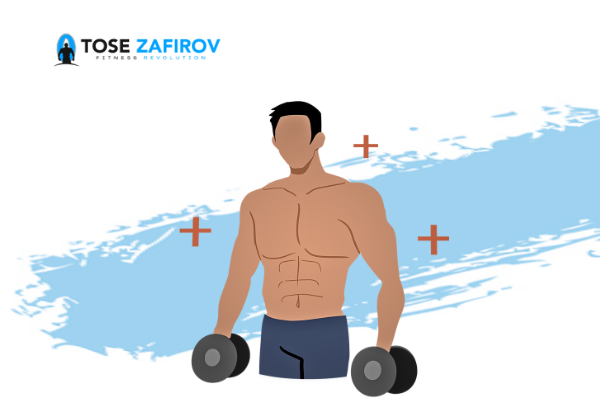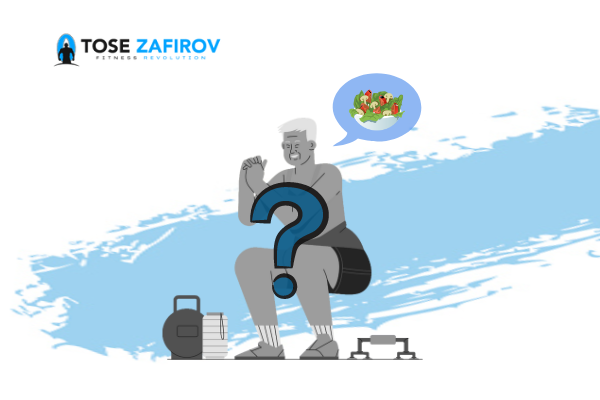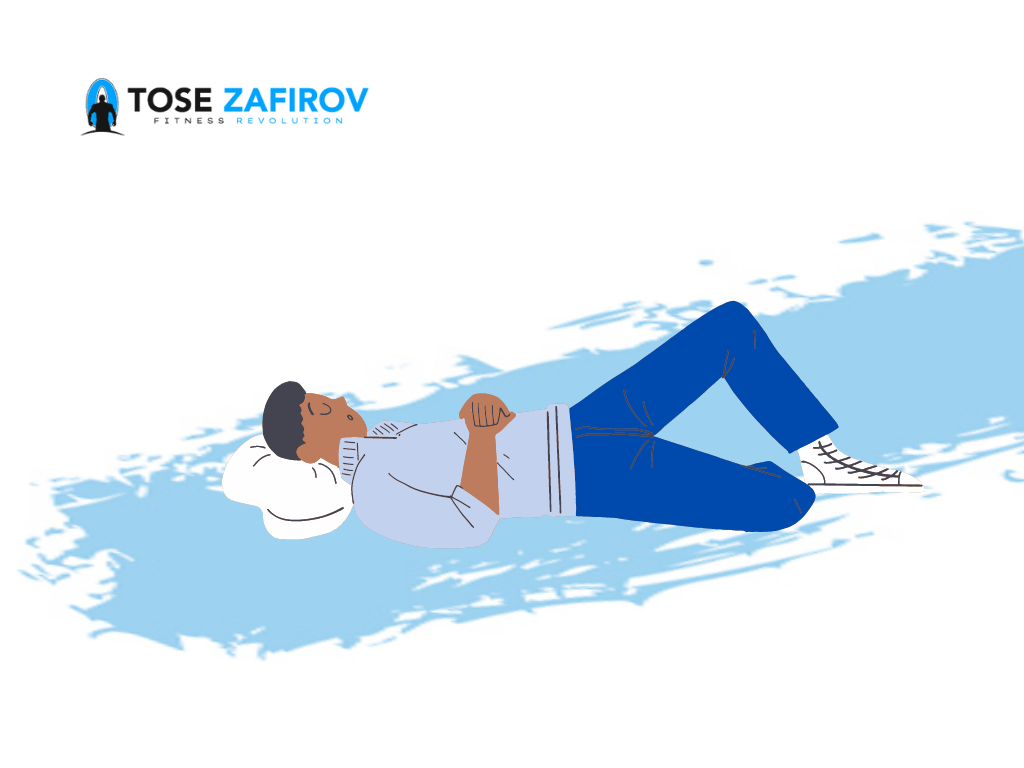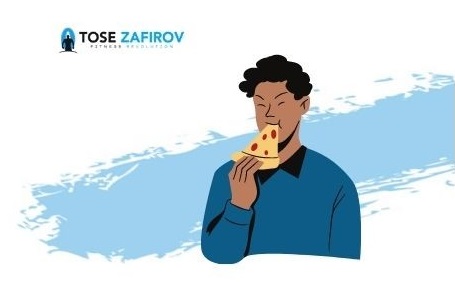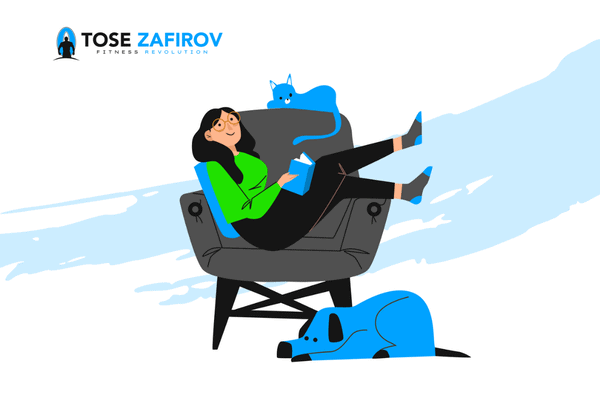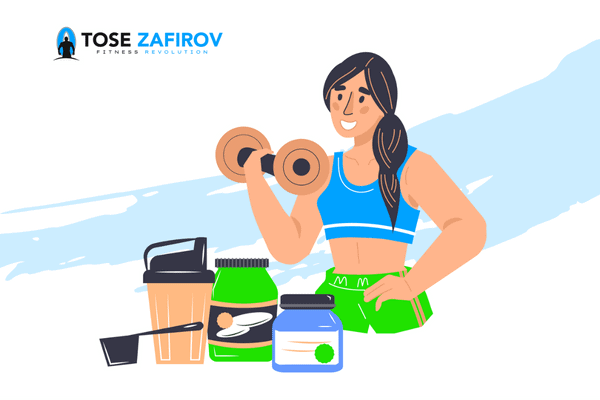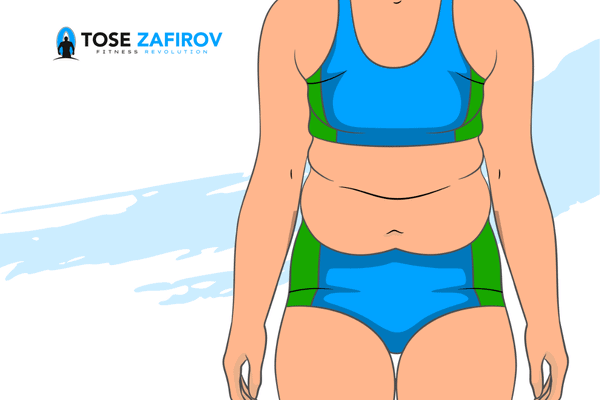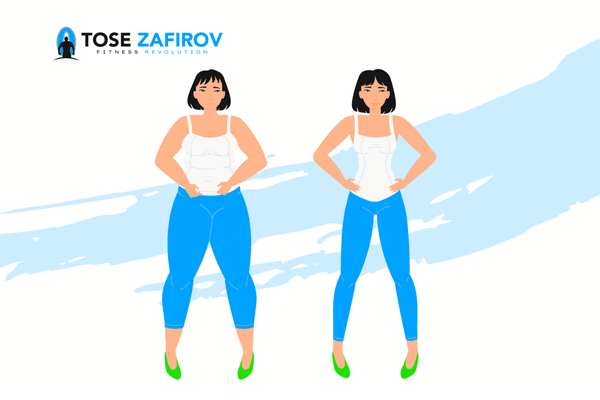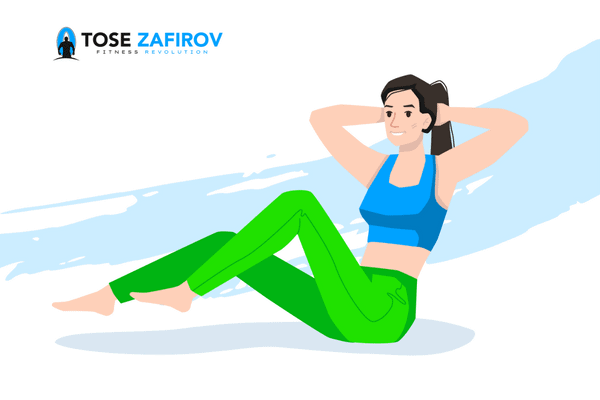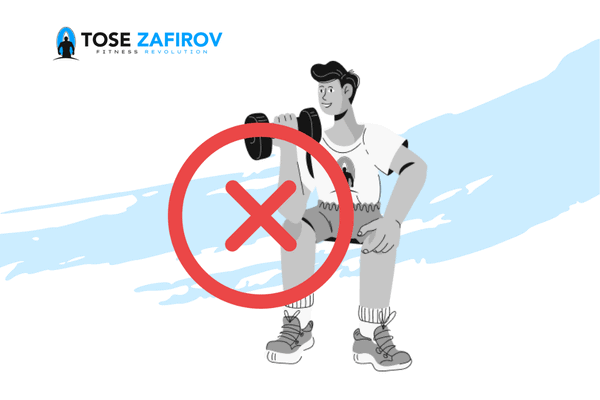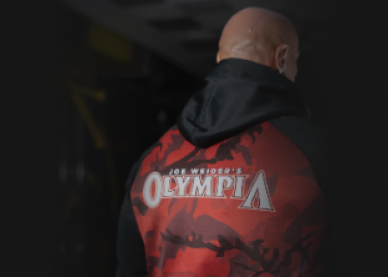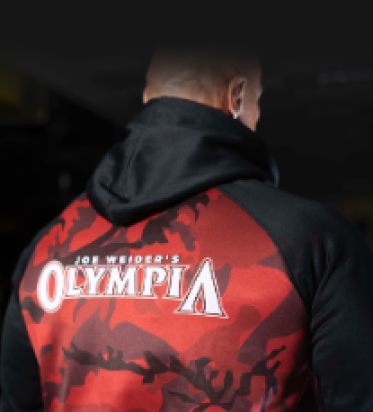Iron deficiency anemia is a common type of anemia.
Your body needs iron to make hemoglobin, a protein in red blood cells that enables them to carry oxygen through your blood vessels.
If your body doesn’t have enough hemoglobin, your tissues and muscles won’t get enough oxygen to be able to work effectively.
Here are 14 signs and symptoms of iron deficiency, starting with the most common. Also, find out how to recognize anemia in children and older adults, and when to see a doctor.
Key Takeaways:
- Unusual tiredness: Iron deficiency can lead to fatigue due to insufficient oxygen delivery to tissues.
- Pale skin: Low hemoglobin levels cause paleness in the skin and lower eyelids, indicating potential iron deficiency.
- Shortness of breath: Decreased oxygen transport can result in difficulty breathing during daily activities.
- Headaches: Iron deficiency may contribute to frequent headaches, especially during menstruation.
1. Unusual tiredness
Feeling tired is a common sign of iron deficiency anemia. It can also affect people who don’t have enough iron, even if they haven’t received a diagnosis of deficiency.
This fatigue happens because your body lacks the iron it needs to make a protein called hemoglobin, which helps carry oxygen around your body.
Without enough hemoglobin, less oxygen reaches your tissues and muscles, depriving them of energy. Your heart also has to work harder to move more oxygen-rich blood around your body, which can make you tired.
Since tiredness is often considered a part of a busy, modern life, it’s difficult to diagnose an iron deficiency based on this symptom alone.
However, tiredness that occurs with pallor, shortness of breath, and other symptoms may be a sign of anemia.
Note
2. Skin that’s paler than usual
Skin that’s paler than usual, as well as pale coloring of the inside of the lower eyelids, can also indicate iron deficiency.
The hemoglobin in red blood cells gives blood its red color, so low levels caused by iron deficiency make the blood less red. That’s why skin can lose some of its color or warmth in people with iron deficiency.
A 2016 study notes that pallor in the skin or inside the eyelids is a reliable indicator of anemia. A person with severe anemia may also have pallor in the creases of the palms of the hands.
If you pull your lower eyelid down while looking in a mirror, the inside layer should be a vibrant red color. If it’s a very pale pink or yellow, you may have iron deficiency.
In people with darker skin tones, the eyelid may be the only area where this condition is noticeable.
However, pallor can happen for many reasons. Only a blood test can confirm if a person has anemia.
Note
Skin that’s paler than usual in areas like the face, lower inner eyelids, or nails may be a sign of iron deficiency. This paleness is due to low levels of hemoglobin, which gives blood its redness.
3. Shortness of breath
Hemoglobin enables your red blood cells to carry oxygen around your body.
When hemoglobin levels are low with iron deficiency, oxygen levels are also low. This means that your muscles won’t receive enough oxygen to do everyday activities, such as walking.
As a result, your breathing rate will increase as your body tries to get more oxygen, resulting in shortness of breath.
If you find yourself out of breath when doing daily tasks that you used to find easy, such as walking, climbing stairs, or working out, it may be due to iron deficiency.
Note
Shortness of breath is a symptom of iron deficiency, since low hemoglobin levels stop your body from effectively transporting oxygen to your muscles and tissues.
4. Headaches
Iron deficiency can occur during menstruation, and headaches can also occur with both.
The link between iron deficiency and headaches is unclear. Several factors may contribute, including the relationship between altered dopamine function and estrogen levels.
Although there are many causes of headaches, frequent, recurrent headaches may be a sign of iron deficiency.
Note
Headaches may be a symptom of iron deficiency, although more research is needed on the connection between dopamine dysfunction, estrogen levels, and iron deficiency.
5. Heart palpitations
Noticeable heartbeats, or heart palpitations, are another sign of iron deficiency anemia.
Experts are still studying the link between iron deficiency, anemia, and heart problems, but they believe oxygen supply may play a role
Hemoglobin is the protein in red blood cells that helps transport oxygen around your body. In iron deficiency, low hemoglobin levels mean the heart has to work extra hard to carry oxygen.
This may lead to irregular heartbeats or the feeling that your heart is beating abnormally fast.
Consequently, iron deficiency may worsenconditions that affect your heart, such as heart failure and coronary heart disease.
[Warning] In cases of iron deficiency, your heart has to work especially hard to transport oxygen. This can worsen conditions that affect heart health. [/Warning]
6. Dry and damaged hair and skin
Dry or damaged skin and hair may be signs of iron deficiency.
Iron deficiency lowers the level of hemoglobin in your blood, which may reduce the amount of oxygen available to cells that cause hair growth.
Skin and hair that lack oxygen may become dry and weak.
Iron deficiency is also associated with hair loss, and some research suggests it may be a cause.
Hair often falls out during everyday washing and brushing. But, significant hair loss may be a sign of iron deficiency.
Note
Skin and hair may receive less oxygen if you have iron deficiency, leading to dryness or damage. In more severe cases, this may lead to hair loss.
7. Swelling and soreness of your tongue or mouth
Sometimes, changes inside or outside of your mouth can indicate iron deficiency anemia. Signs includea swollen, inflamed, pale, or strangely smooth tongue.
Other possible symptoms around your mouth include:
- dry mouth
- a burning feeling in your mouth
- sore, red cracks at the corners of your mouth
- mouth ulcers
Note
A sore, swollen, or strangely smooth tongue may be a sign of iron deficiency anemia, as are cracks on the corners of your mouth.
8. Restless legs
There may be a link between iron deficiency and restless leg syndrome.
This condition involves a strong urge to move your legs while they’re at rest. It may also cause unpleasant crawling or itching sensations in your feet and legs.
It’s usually worse at night and can make it difficult to sleep.
The causes of primary restless leg syndrome are not fully understood. However, it can stem from various medical conditions, including iron deficiency anemia.
Indeed, people with iron deficiency anemia are six times more likely to have restless leg syndrome than the general population.
Note
People with iron deficiency anemia may have restless legs syndrome, which is a strong urge to move your legs while at rest.
9. Brittle or spoon-shaped fingernails
Spoon-shaped fingernails, also called koilonychia, are another symptom of iron deficiency anemia.
Usually, the first sign is brittle nails that chip and crack easily.
In the later stages of iron deficiency, the nails can become spoon-shaped, meaning that the middle of your nail dips and the edges raise to give a rounded appearance like a spoon.
This is a rare side effect and is usually reversible with treatment to boost the body’s iron levels.
Note
Brittle or spoon-shaped nails may indicate more severe iron deficiency anemia.
10–14. Other signs of iron deficiency anemia
Several other indicators signal that your iron levels may be low. These tend to be less common and may be linked to many conditions other than iron deficiency.
Other signs of iron deficiency anemia include:
- Strange cravings. A hankering for strange foods or non-food items is called pica. A person may crave ice, clay, dirt, chalk, or paper. It can occur during pregnancy and may be a sign of iron deficiency.
- Feelings of depression. There may be a link between iron deficiency anemia and depression in adults, including during pregnancy.
- Cold hands and feet. Iron deficiency means less oxygen delivery to your hands and feet. Some people may feel the cold more easily in general or experience cold hands and feet.
- More frequent infections. Iron is needed for a healthy immune system, and a lack of iron may increase your risk of infections.
- Poor appetite. Iron deficiency is linked to low appetite due to changes in the hunger hormone ghrelin.
Symptoms of anemia in children
Children with iron deficiency anemia may:
- have pale skin
- appear irritable or fussy
- lack energy
- tire quickly
- have a rapid heart rate
- have a sore or swollen tongue
- have an enlarged spleen, just below the ribs
- show signs of pica, such as wanting to eat ice
Symptoms of anemia in older adults
Anemia is common in older adults, but it can be hard to identify, as some of the symptoms are common as people get older.
Symptoms include:
- fatigue
- difficulty thinking and focusing
- depression
- muscle weakness
- frailty
Compared with younger people, older adults are more likely to have conditions associated with iron deficiency anemia, such as chronic kidney disease, inflammation, and nutritional deficiencies.
Older adults are also more likelyto use certain medications, like non-steroidal anti-inflammatory drugs (NSAIDs), anticoagulants, and proton pump inhibitors over a long period, which may cause blood loss in the stomach or reduce iron absorption.
Note
Other signs of iron deficiency include strange cravings, depression, frequent infections, and cold hands and feet. Children and older adults share symptoms, but neurological symptoms, like ADHD, are more common in children.
When to see a doctor
Talk with a doctor if you have symptoms of iron deficiency. Without treatment, you may develop iron deficiency anemia.
This can increase the risk of complications, such as:
- heart problems
- depression
- a higher chance of infections
- pregnancy issues
People who are pregnant or have heavy menstrual periods have the highest risk and should talk with a doctor about being tested for iron deficiency anemia.
If your doctor confirms that you have iron deficiency — typically via a blood test — they will develop a treatment plan that best meets your healthcare needs.
They may recommend increasing your intake of iron via your diet or taking supplements.
However, if the doctor suspects anemia stems from gastrointestinal problems, they may recommend further tests and procedures, including upper and lower endoscopies.
If you think you have iron deficiency anemia, speak with a doctor before changing your diet or deciding on any supplements.
Note
Long-term complications of iron deficiency anemia include depression, pregnancy issues, and heart problems. So talk with your doctor if you’re experiencing any symptoms.
The bottom line
Recognizing symptoms of iron deficiency is crucial for timely diagnosis and treatment to prevent complications like heart problems and depression. Consult a doctor if experiencing any signs, especially if pregnant or experiencing heavy menstrual periods.

